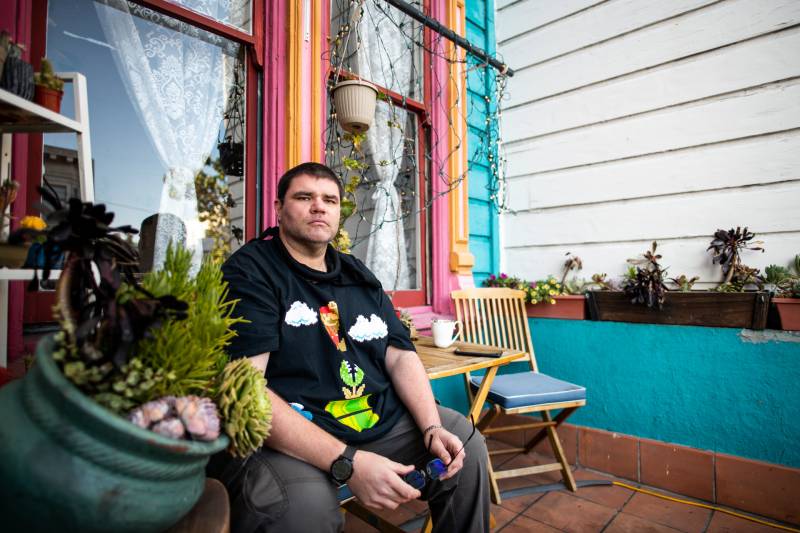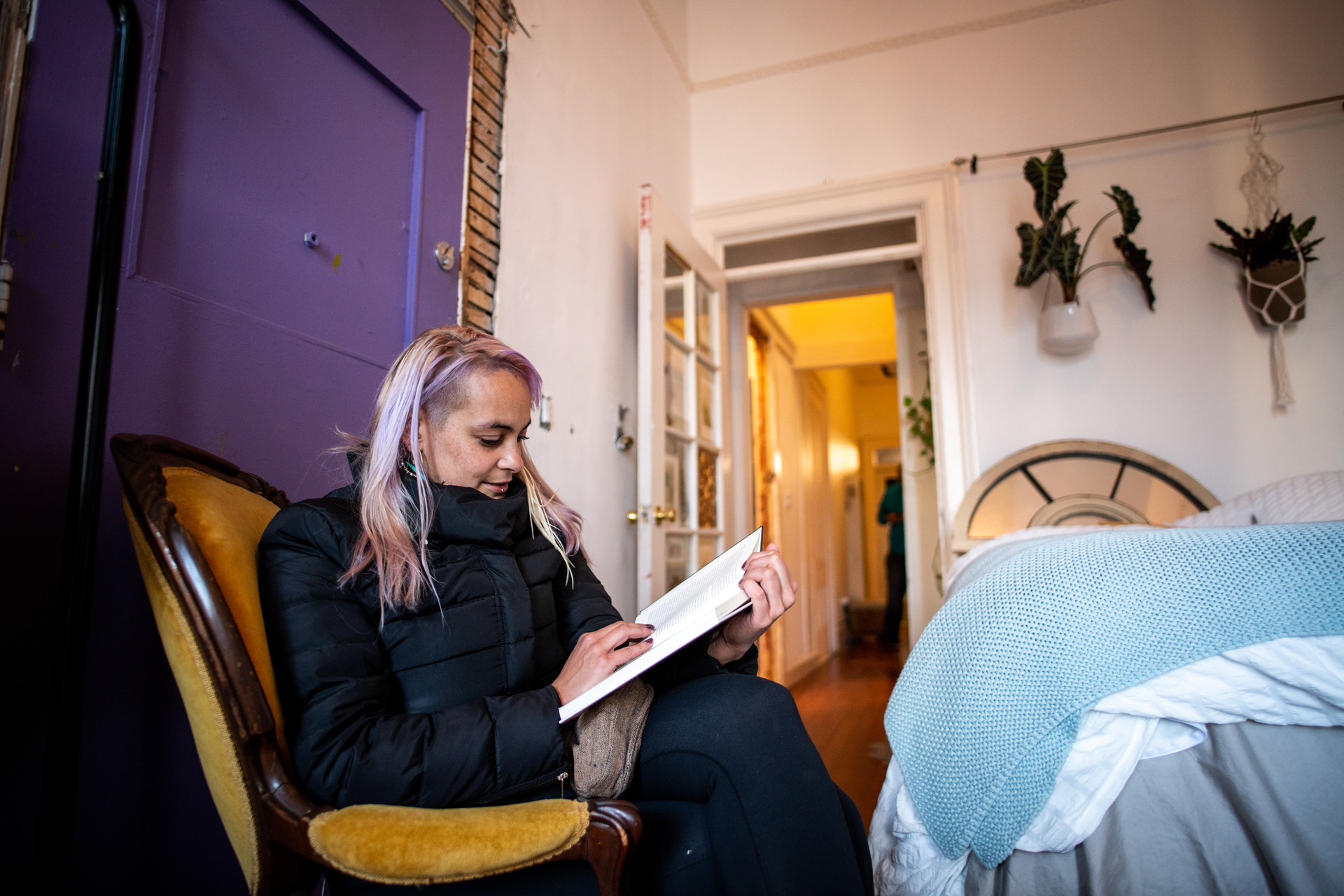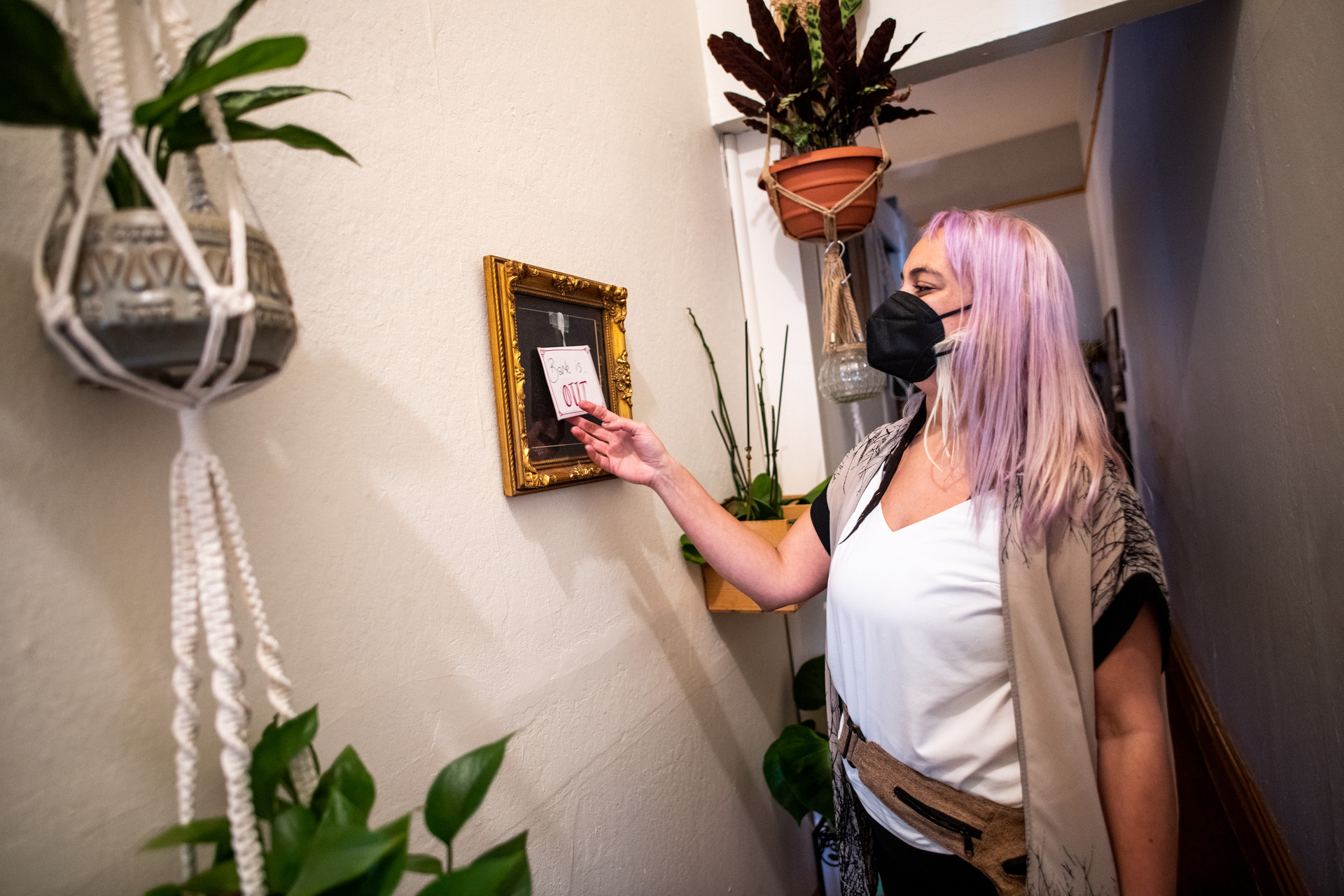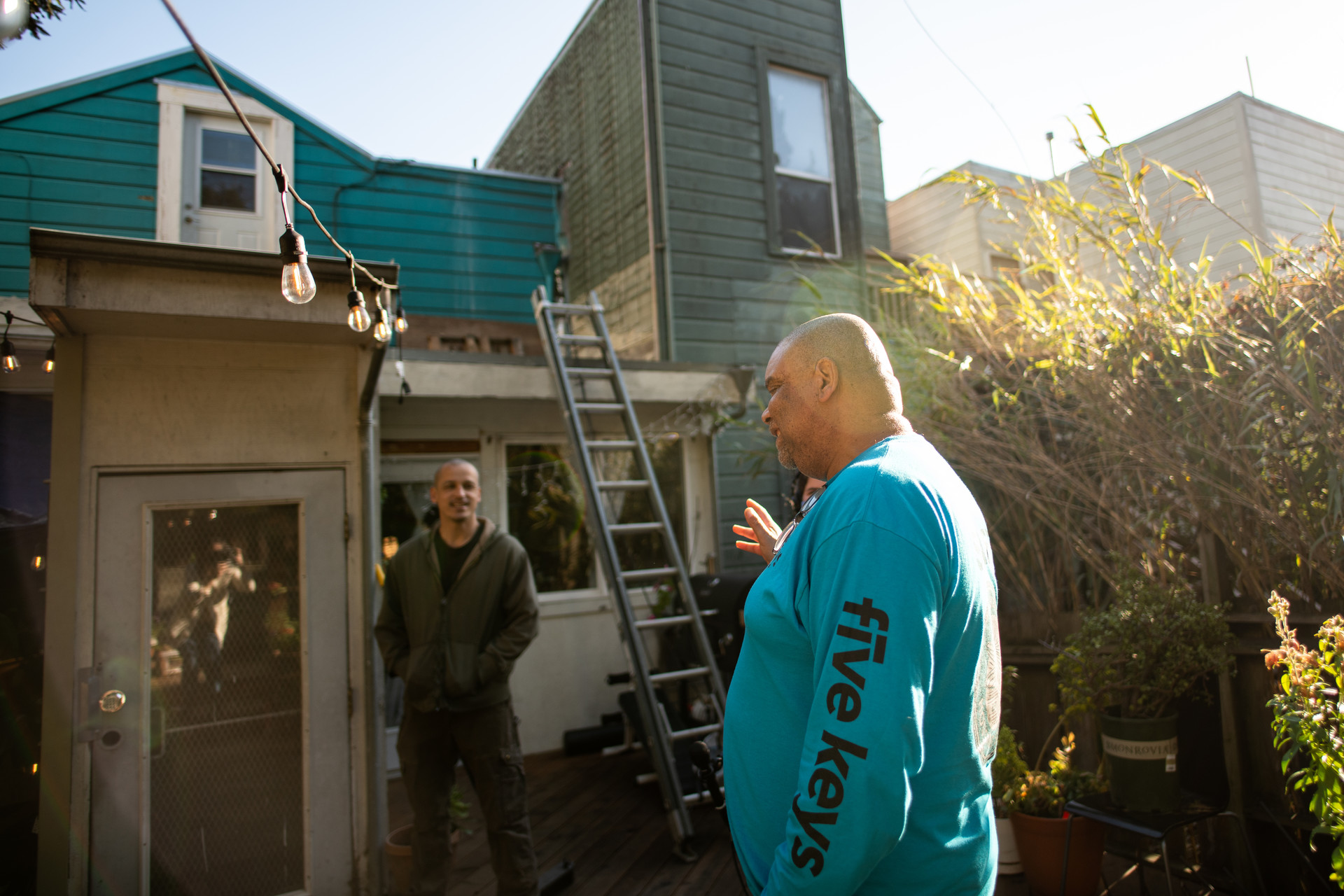When he was preparing to be released from San Quentin State Prison, Joseph Krauter thought it would be a good idea to get paroled to San Francisco.
“It was kind of a lightweight fantasy. Like, I’m going to get out, I’m going to do this program, I’m going to get an apartment, I’m going to have a sweet job, and then everything is going to be great,” he said. “It was not.”
Krauter had served 15 years for second-degree murder. The day he got out, he got $450. That included the money he’d made working in the prison library, plus the $200 that the state has given to parolees since 1973.
Krauter had told the parole board that he wanted to go to San Francisco so he could access more services for his autism, and escape some of the demons he’d left back in Bakersfield.
He was set up at a halfway house, the Taylor Street Center run by the GEO Group in San Francisco’s Tenderloin neighborhood. However, after six months there and in the midst of the COVID-19 pandemic, “the director told me, ‘we need your bed space, you have to leave.’ ”
Krauter had made some money working a contract job, but he knew he didn’t have enough for an apartment. In classes at the transitional center, they’d told him he’d need to make at least $30 an hour to live comfortably in San Francisco, and he knew he wasn’t even close.
“I told the job counselor, ‘I’m not ready to leave yet. I’m going to need the extension, at least for a few more months so I can save more money,’ ” he said.
Krauter was scared he’d end up in a temporary group shelter, or have to live far away from the few programs and job prospects he’d found in the city. He didn’t know what to do.
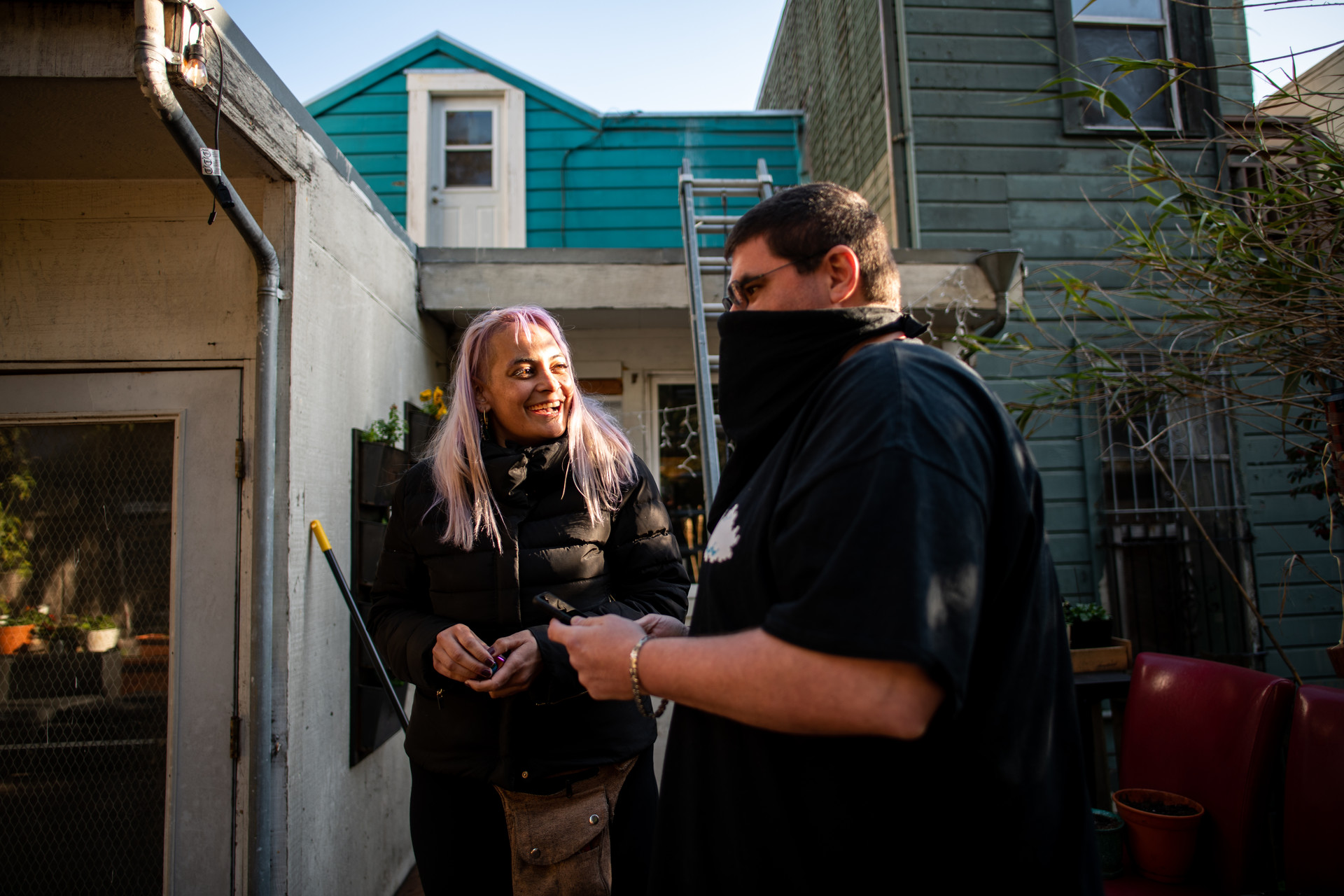
A Double Whammy
In California, many people getting out of prison have a hard time finding an affordable place to live.
“Best-case scenario, somebody has social and material support and so they can go live with parents or significant other or other family members,” said Dallas Augustine, a research associate with AMEND at UCSF, a group that works to improve health in prisons. “But for those who don’t have that type of material support, then they need to find housing.”
And the double whammy of a lack of state support and decreasing housing supply has created a housing crisis for formerly incarcerated people.
In 2017, the state released about 37,000 people. In 2018, it released about 38,400. The state was ordered in 2009 to reduce overcrowding — an issue it’s still dealing with today, so the number of releases is expected to stay high.
On the housing side, it is well known that California does not have enough affordable housing to meet the need, and landlords are often reluctant to rent to people with a criminal record. In addition, parolees often don’t have the option to leave the state to find more affordable housing. For the duration of their parole, most people aren’t allowed to leave the state where they served time.
